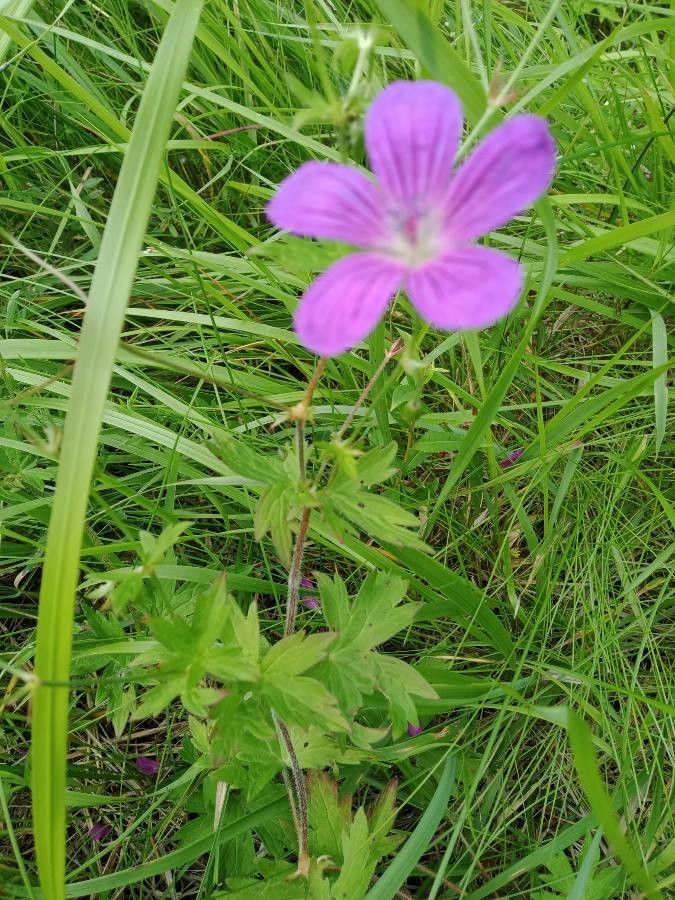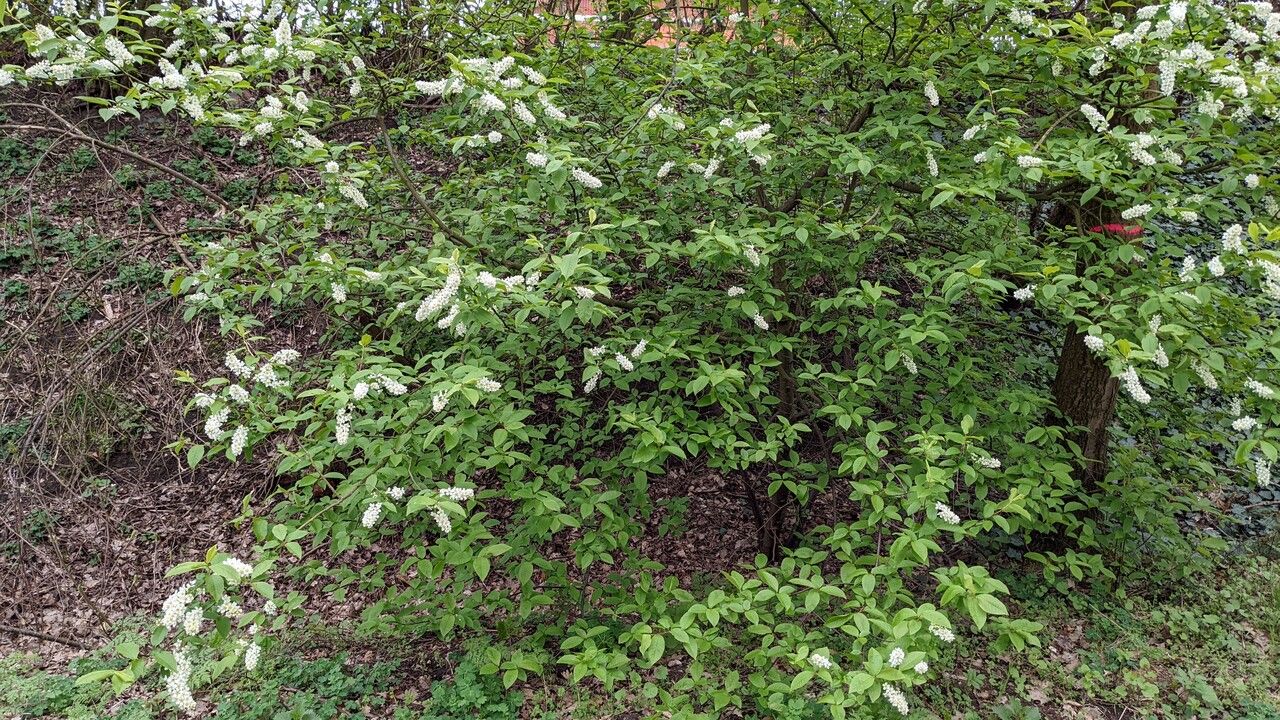## Marsh Cranesbill: A Jewel of Wetlands
The Marsh Cranesbill ( *Geranium palustre*), a member of the Geraniaceae family, is a captivating wildflower that thrives in damp and wet environments. Its vibrant purple-pink flowers and delicate foliage make it a striking addition to both wildflower meadows and carefully curated garden spaces, particularly those designed to mimic natural wetland habitats.
### Habitat and Growth
Marsh Cranesbill is native to Europe and parts of Asia, flourishing in marshes, wet meadows, ditches, and along the banks of streams and rivers. It prefers consistently moist soil, even tolerating areas that are periodically flooded. This hardy perennial can reach heights of 30-60cm (12-24 inches), spreading gracefully through rhizomes to create attractive colonies.
### Sun Exposure and Soil Needs
While Marsh Cranesbill thrives in full sun, it can also tolerate partial shade, especially in hotter climates. The key is consistent moisture. The ideal soil is rich in organic matter, slightly acidic to neutral, and, crucially, consistently moist or wet. Poorly drained soils should be avoided, as this can lead to root rot.
### Planting and Care
Planting Marsh Cranesbill is relatively straightforward. Choose a location with the appropriate soil conditions and sun exposure. Seeds can be sown directly into the ground in spring or autumn. Alternatively, you can start seeds indoors several weeks before the last expected frost. Once established, Marsh Cranesbill requires minimal care. Regular watering, particularly during dry spells, is essential. Deadheading spent flowers will encourage further blooms and prevent self-seeding if you prefer to control its spread.
### Landscape Use and Design
Marsh Cranesbill's vibrant blooms and graceful habit make it an excellent choice for a variety of landscaping applications. It's ideal for:
* **Wetland gardens:** Create a stunning display in a dedicated bog garden or rain garden.
* **Naturalized areas:** Introduce it into meadows and wildflower areas to attract pollinators.
* **Water feature edges:** Plant it along the edges of ponds or streams.
* **Mixed borders:** Use it as a striking addition to mixed borders, where its contrasting color and texture will add visual interest.
### Propagation
Marsh Cranesbill can be propagated by seed or by division of established plants in spring or autumn. Division is a particularly effective way to increase your stock and maintain healthy growth. Ensure that each division has sufficient roots to establish itself successfully.
### Pest and Disease Resistance
Marsh Cranesbill is generally pest and disease resistant, making it a relatively low-maintenance addition to your garden. However, poor drainage can lead to fungal diseases. Maintaining consistently moist but well-drained soil is key to preventing problems.
### Conclusion
With its vibrant flowers and tolerance of wet conditions, Marsh Cranesbill offers a unique and attractive option for gardeners seeking to incorporate native plants into their designs or enhance their wetland areas. Its low maintenance requirements and resilience make it a rewarding addition to any garden.
Marsh Cranesbill: Grow This Stunning Wildflower

Frequently Asked Questions
How do I grow Marsh Cranesbill in my garden?
Choose a location with consistently moist, organic-rich soil and either full sun or partial shade. Plant seeds directly outdoors or start them indoors. Regular watering is key, especially during dry periods.
What type of soil does Marsh Cranesbill need?
Marsh Cranesbill needs consistently moist, slightly acidic to neutral soil that is rich in organic matter. Poorly drained soil should be avoided.


